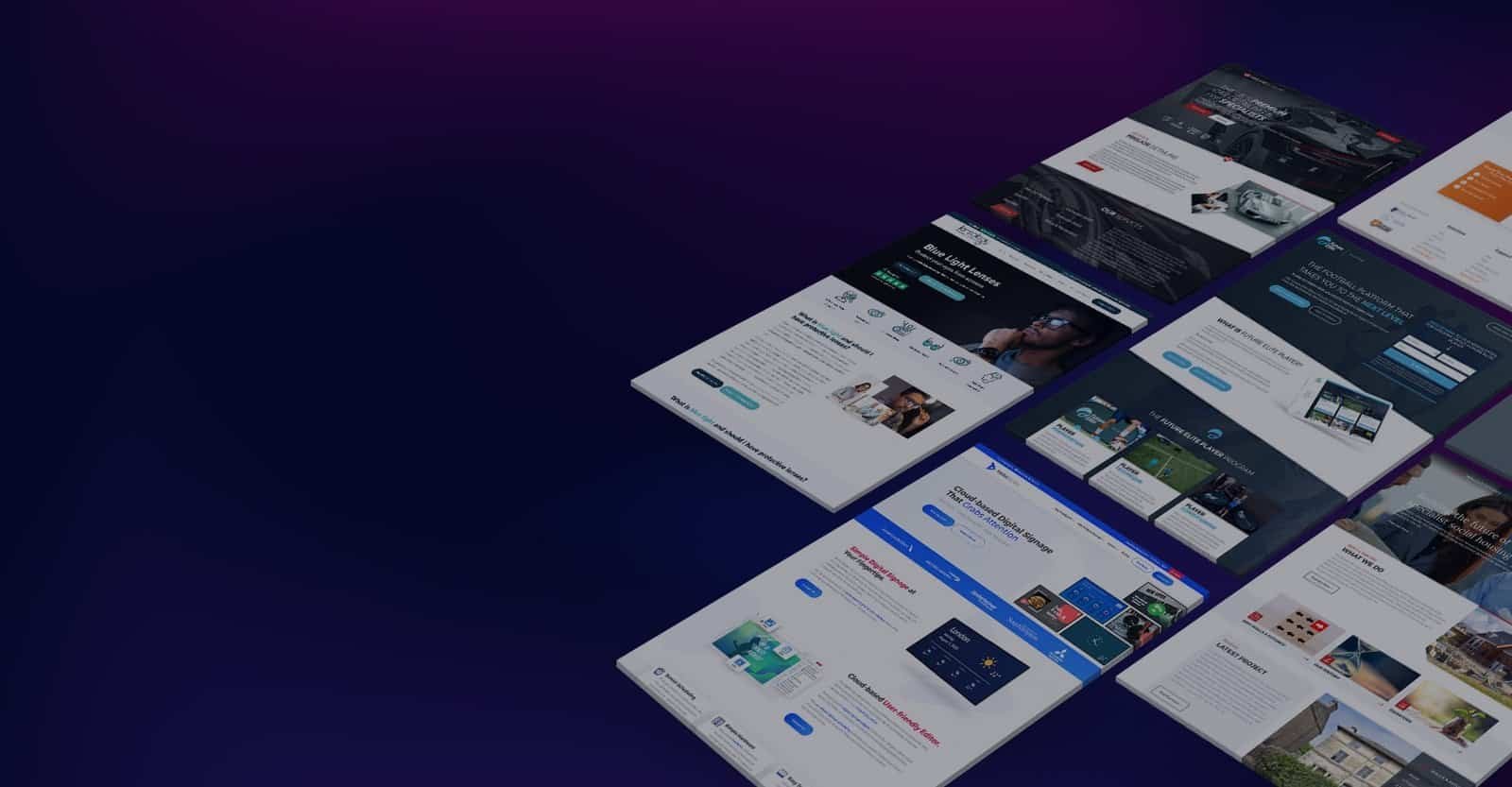Understanding the Modern Sales Funnel.
In today’s competitive digital marketplace, an optimized sales funnel serves as the backbone of successful conversion strategies. We recognize that businesses of all sizes struggle with turning prospects into paying customers, despite investing heavily in marketing campaigns and lead generation efforts. The fundamental challenge lies not just in attracting potential customers but in systematically guiding them through a well-structured journey that culminates in conversion and long-term loyalty.
A sales funnel represents the complete customer journey, from initial awareness to final purchase and beyond. When properly optimized, it serves as a powerful mechanism for predictable revenue growth. However, many businesses continue to experience significant drop-offs at critical stages of their funnels, resulting in wasted marketing expenditure and unrealized revenue potential.
In this comprehensive guide, we examine nine proven strategies to transform an underperforming sales funnel into a conversion powerhouse. These techniques are based on extensive data analysis, consumer psychology principles, and real-world implementation across various industries. By applying these optimization methods, we’ve witnessed businesses increase their conversion rates by 150–300% within three to six months of implementation.
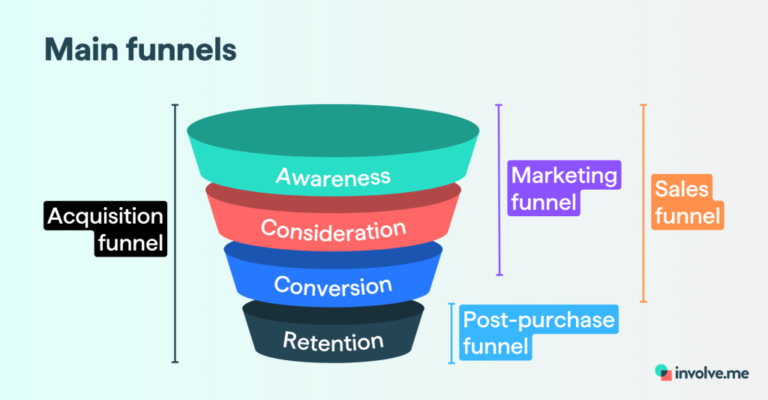
The Critical Components of High-Converting Sales Funnels.
Before diving into specific optimization strategies, we must understand the essential elements that constitute effective sales funnels in today’s digital environment. Modern funnels have evolved beyond the traditional AIDA (Awareness, Interest, Desire, Action) model to incorporate deeper customer engagement and post-purchase relationship building.
The contemporary high-performance sales funnel encompasses:
- Targeted Traffic Acquisition: Attracting the right prospects through precisely targeted content and advertising
- Engagement and Trust Building: Creating meaningful interactions that establish credibility and authority
- Value Demonstration: Clearly articulating the unique benefits and problem-solving capabilities of offerings
- Conversion Optimization: Removing friction from the purchase process
- Retention and Advocacy: Transforming one-time buyers into repeat customers and brand advocates
1. Implement Advanced Traffic Segmentation for Personalized Journeys.
Generic sales funnels that treat all prospects identically significantly underperform compared to segmented approaches. We’ve found that implementing advanced traffic segmentation increases conversion rates by an average of 62% across multiple industries.
Effective segmentation begins with capturing and utilizing the right data points:
- Demographic Information: Age, location, income bracket, and job title
- Behavioral Signals: Pages visited, time spent on site, and interaction patterns
- Purchase Intent Indicators: Product comparisons viewed, pricing page visits, and cart interactions
- Referral Sources: Search engines, social platforms, email campaigns, or direct traffic
Once these data points are established, create distinct funnel paths tailored to each segment’s specific needs and motivations. For instance, first-time visitors from organic search might receive educational content focused on problem identification, while returning visitors from email campaigns could encounter more direct conversion-focused messaging.
Implement dynamic content systems that automatically adjust messaging, offers, and calls to action based on segment characteristics. This level of personalization creates the impression of a custom-tailored experience, dramatically increasing engagement and conversion likelihood.

2. Optimize Lead Magnets for Qualification, Not Just Volume.
Many businesses focus exclusively on maximizing lead volume, often at the expense of lead quality. We advocate for a more sophisticated approach that emphasizes qualification within the lead generation process itself.
Design lead magnets that naturally attract prospects with genuine purchase potential while filtering out those unlikely to convert. This might include:
- Solution-Specific Tools: Calculators, assessment tools, or configurators that help prospects quantify their needs
- Vertical-Focused Content: Resources addressing challenges specific to your target industries
- Problem-Stage Appropriate Resources: Materials aligned with different stages of problem awareness
The qualification process continues with strategically designed lead capture forms. Rather than requesting basic contact information alone, incorporate 1–2 additional fields that serve as qualification indicators. For instance, a B2B software company might ask about company size or current solutions used, while a financial services firm might inquire about investment timeframes or portfolio value ranges.
This approach typically reduces initial lead volume by 15–30% while increasing conversion rates by 40–80%, resulting in significantly higher overall revenue and reduced costs in lead nurturing resources.
3. Deploy Behavior-Triggered Engagement Sequences.
Static, time-based email sequences fail to address the unique interests and engagement patterns of individual prospects. We’ve consistently seen behavior-triggered sequences outperform traditional drip campaigns by 2–4 times in terms of conversion rates.
Implement systems that monitor prospect behavior across multiple channels and automatically deploy appropriate follow-up content:
- Content Consumption Triggers: When a prospect consumes multiple resources on a specific topic, automatically deliver more advanced information on that subject
- Product Interest Signals: When interest in specific solutions is detected, provide detailed case studies and comparison guides
- Hesitation Indicators: When cart abandonment or pricing page bounces occur, deliver objection-handling content and incentives
Each trigger should initiate a sequence calibrated to address the specific mindset and questions likely present at that moment. These sequences should incorporate multiple channels, including email, retargeting ads, and where appropriate, direct outreach from sales representatives.
The key to success lies in the timing and relevance of these engagements. Our analysis shows optimal response windows typically fall between 30 minutes and 4 hours after the triggering behavior, with relevance deteriorating significantly after 24 hours.
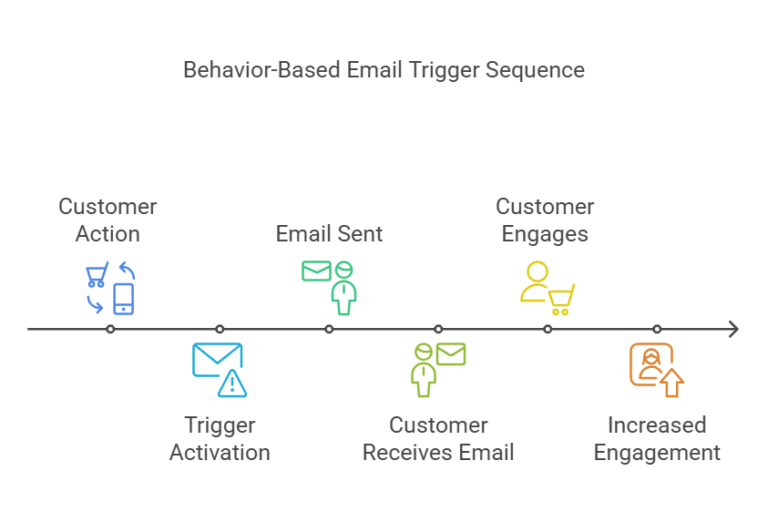
4. Implement Strategic Friction Reduction and Addition.
Conventional wisdom suggests removing all possible friction from sales funnels. However, our research demonstrates that strategic friction management—both reduction and selective addition—produces superior results.
Identify and eliminate unproductive friction points:
- Technical Barriers: Slow loading times, complex navigation, and mobile compatibility issues
- Process Complexity: Unnecessarily lengthy forms, confusing checkout processes, and redundant information requests
- Decision Obstacles: Unclear pricing, hidden fees, and vague product specifications
Simultaneously, consider introducing productive friction elements that increase commitment and perceived value:
- Qualification Questionnaires: Short assessments that help prospects self-identify their needs
- Application Processes: Simple qualification steps for premium offerings or services
- Personalization Inputs: Brief preference selection processes that improve the subsequent experience
This balanced approach prevents impulse inquiries from unqualified leads while streamlining the path for high-potential prospects. In subscription businesses, we’ve seen this strategy reduce initial lead volume by approximately 20% while improving customer lifetime value by 35–50%.
5. Leverage Social Proof Architecture Throughout the Funnel.
While most businesses incorporate some testimonials or reviews, few implement comprehensive social proof architecture across the entire customer journey. Strategic deployment of various trust elements at key decision points can increase conversion rates by 15–40%.
Develop a multi-layered social proof strategy:
- Awareness Stage: Industry statistics, client logos, and media mentions
- Consideration Stage: In-depth case studies, video testimonials, and detailed reviews
- Decision Stage: Specific objection-addressing testimonials, guarantee information, and trust badges
- Post-Purchase: Community highlights, user achievements, and customer spotlights
Each element should be precisely matched to address the primary concerns and questions present at that funnel stage. For instance, early-stage prospects typically respond to breadth indicators (total customers served, industry recognition), while late-stage prospects seek depth (specific outcome metrics, testimonials from similar use cases).
Implement social proof dynamically, showing the most relevant examples based on prospect characteristics and behavior. This personalized approach has proven particularly effective in high-consideration purchases, where conversion increases of 50–70% have been observed.
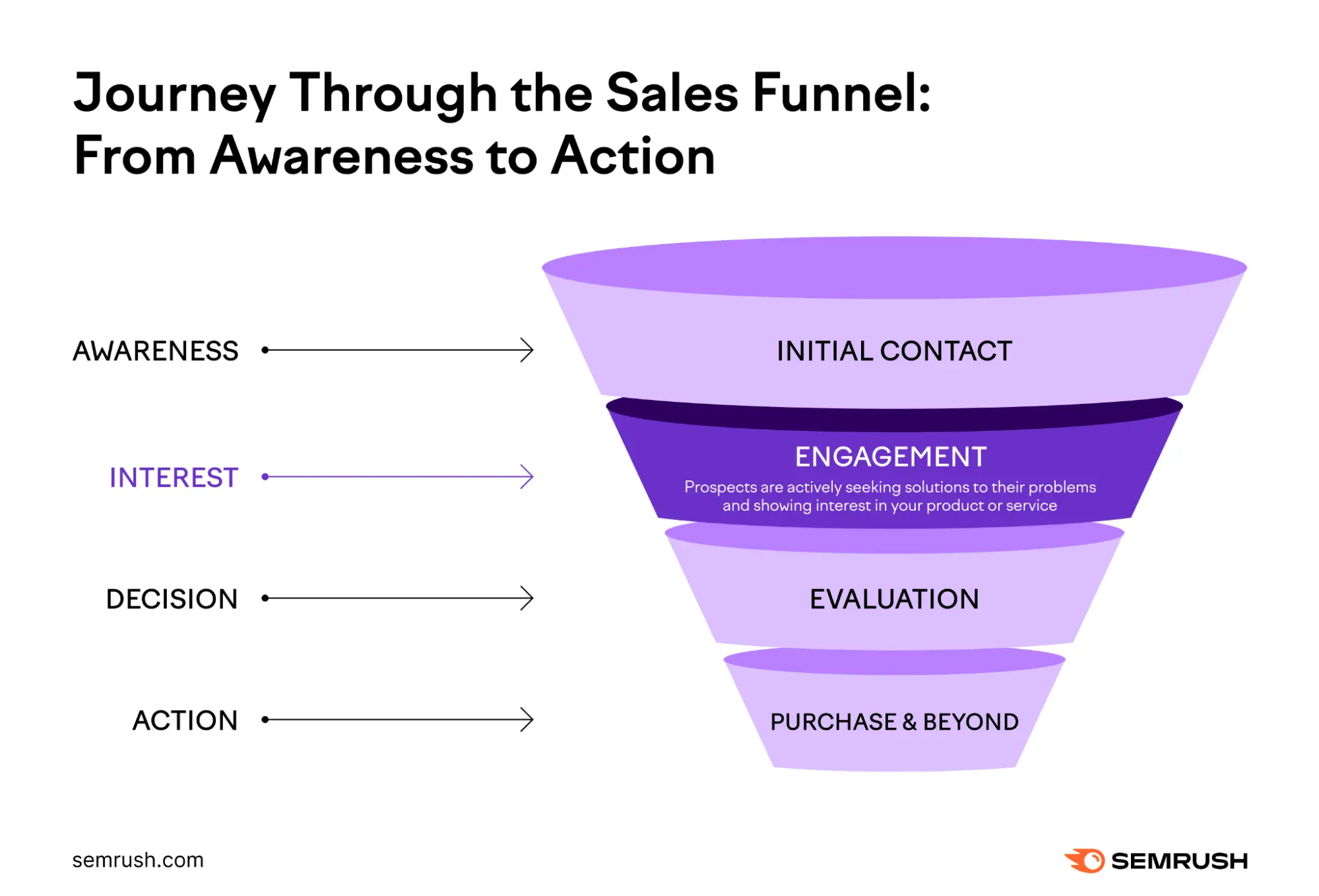
6. Create Conversion-Focused Content Ecosystems.
Content marketing frequently fails to support conversion objectives directly. We advocate developing structured content ecosystems where each piece serves a specific function within the sales funnel.
Build content clusters organized around:
- Problem Education: Resources helping prospects recognize and define their challenges
- Solution Comparison: Content facilitating evaluation of different approaches
- Implementation Guidance: Materials addressing execution concerns and preparation
- Success Enablement: Resources ensuring optimal utilization post-purchase
Within each cluster, incorporate strategic conversion pathways that guide prospects toward appropriate next steps based on their engagement signals. For example, a prospect consuming multiple problem-education pieces might receive an invitation to a solution comparison webinar, while someone reviewing implementation content could be offered a consultation.
Additionally, implement content consumption scoring to identify high-potential prospects. By assigning point values to different content interactions and establishing threshold scores for sales readiness, marketing and sales teams can focus resources on the most promising opportunities.
7. Optimize Micro-Conversion Sequencing for Psychological Momentum.
Traditional funnels often focus exclusively on major conversion events while neglecting the power of strategically designed micro-conversions. We’ve found that implementing deliberate micro-conversion sequences increases major conversion rates by 20–35%.
Develop a progressive commitment pathway with incremental steps:
- Minimal Investment Actions: Content downloads, newsletter subscriptions, or preference selections
- Engagement Deepening: Webinar attendance, assessment completion, or tool utilization
- Consultation Preparation: Brief questionnaires, appointment scheduling, or discovery calls
- Investment Readiness: Trial participation, sample requests, or preliminary proposals
Each micro-conversion should require slightly more commitment than the previous step while delivering proportionally greater value. This creates a psychological momentum effect where prospects become increasingly invested in the relationship, making the final conversion decision significantly easier.
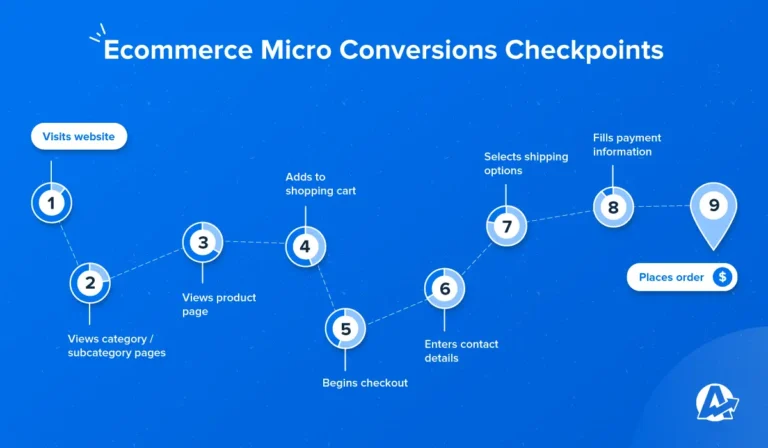
8. Implement Conversion Rate Intelligence Systems.
Most businesses track basic funnel metrics but fail to implement comprehensive intelligence systems that drive continuous optimization. Establishing robust analytics specifically designed for conversion insights enables significant performance improvements over time.
Develop multi-dimensional tracking frameworks that monitor:
- Path Analysis: Identifying the most common routes through the funnel and their respective conversion rates
- Drop-Off Diagnostics: Pinpointing exactly where and why prospects abandon the process
- Segment Performance: Comparing conversion behaviors across different audience segments
- Content Effectiveness: Measuring which resources most effectively advance prospects toward conversion
- Velocity Metrics: Tracking how quickly prospects move through funnel stages
Establish regular optimization protocols based on these insights, with dedicated resources for testing and refinement. Most organizations benefit from bi-weekly analysis sessions focused on identifying the biggest opportunities for improvement.
9. Develop Post-Conversion Value Expansion Systems.
The most overlooked aspect of funnel optimization is what happens after the initial conversion. Implementing systematic approaches to value expansion can increase customer lifetime value by 50–200%.
Establish structured pathways for continuing the customer journey:
- Onboarding Excellence: Comprehensive systems ensuring customers achieve early success
- Usage Expansion: Programs encouraging broader adoption of features and capabilities
- Cross-Product Introduction: Strategic exposure to complementary offerings
- Advocacy Development: Frameworks for transforming satisfied customers into active promoters
Each pathway should include specific triggers, content sequences, and conversion opportunities designed to maximize long-term value. For subscription businesses, particular emphasis should be placed on the critical first 30–90 days, when churn risk is highest and expansion potential is greatest.
Implementing an Integrated Funnel Optimization Strategy.
While each of these strategies delivers significant value independently, their true power emerges when implemented as part of an integrated approach to funnel optimization. We recommend a phased implementation process:
- Begin with comprehensive analysis to identify the most significant current limitations
- Implement the 2–3 strategies most likely to address these primary constraints
- Establish measurement systems to track impact and gather insights
- Progressively incorporate additional strategies based on evolving needs and opportunities
This methodical approach typically delivers substantial early improvements while building toward transformative long-term results. Organizations consistently implementing these principles often see their conversion rates double within the first year, with continued improvement in subsequent periods.
Remember that funnel optimization is not a one-time project but an ongoing discipline requiring consistent attention and refinement. By developing organizational capabilities around these nine strategies, businesses can establish sustainable competitive advantages in customer acquisition and revenue growth.
